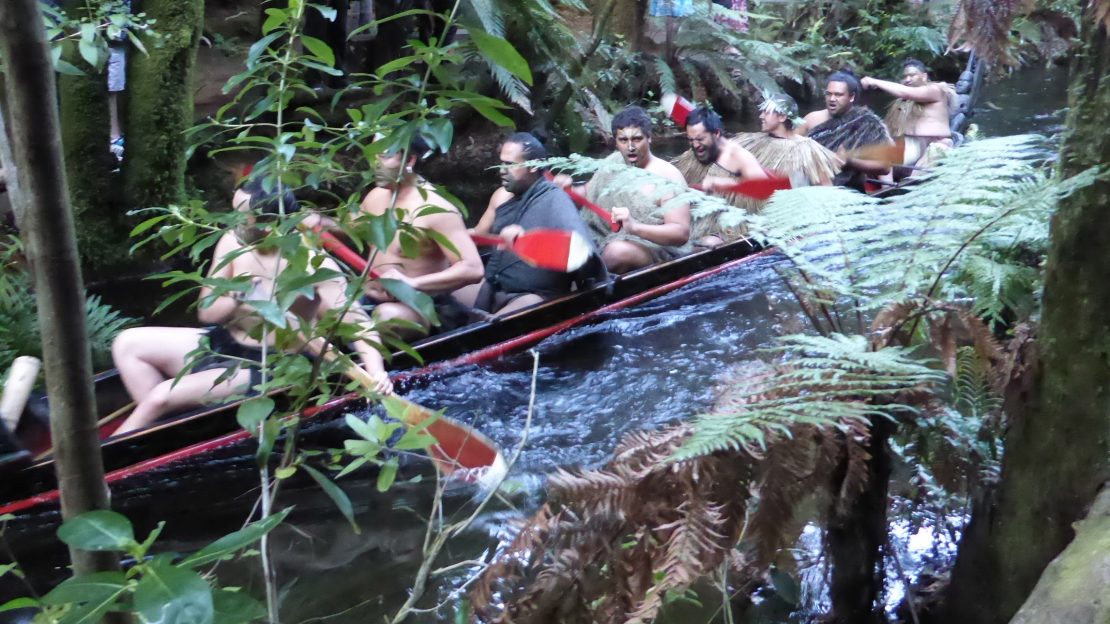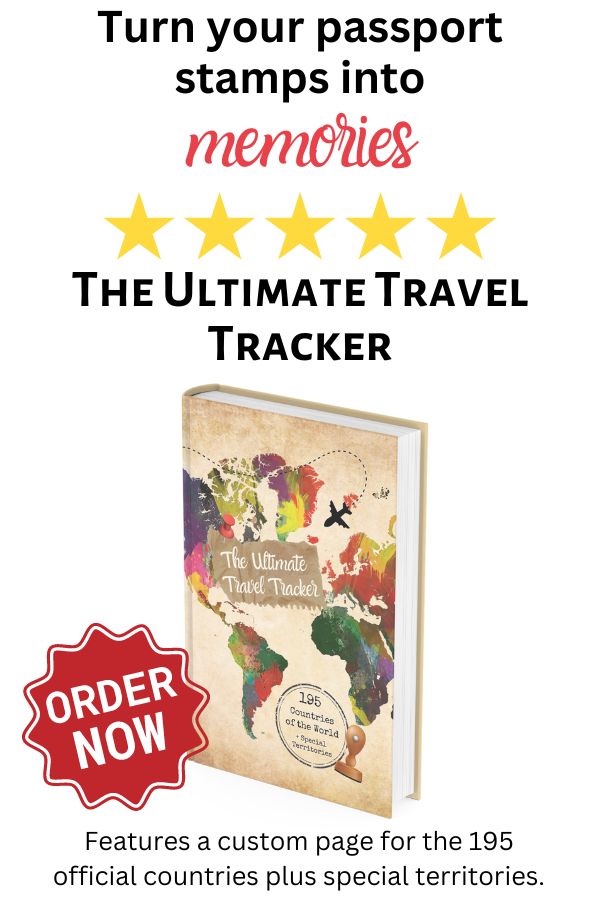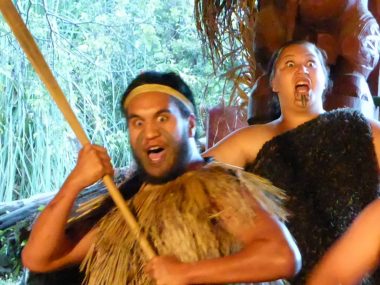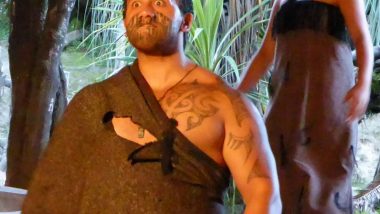
History of the Māori people
If you look back on history, it seems like most countries were colonized or settled by either the British or French.
With each country settled by one of the two superpowers, wars with the natives took place. The early American colonists fought with the Native Americans, the Australians took over the Aboriginals’ land, and the Kiwis (New Zealanders) settled on what used to be Māori land.
The Māori are believed to have settled in modern-day New Zealand around 1280 CE and are descendants of the Polynesians. For centuries, the Māori people lived peaceful lives in what they called, “The Land of the Long White Cloud,” until the day when the white men came.
Abel Tasman is known as the first Dutch explorer to arrive in New Zealand in 1642. Later, in 1769, Captain James Cook became the first British explorer to visit the land. Like most contact between European settlers and natives, it was not always the most diplomatic. These accounts are recorded to have been sometimes fatal as a number of Europeans were cannibalized.
In the next few decades, American and European sealers and whalers encountered more of the Māori people, as some of the indigenous people worked on the foreign ships.
As more and more Europeans began to settle, the British decided to sign a treaty with the native people of New Zealand as there were no laws in place. In 1840, the Treaty of Waitangi was negotiated with the North Island Chiefs. The English and Māori versions of the treaty were quite different so the general agreement of the treaty is unclear. In the end, nine copies of the treaty were signed by 530-540 chiefs. Since then, many changes have taken place in the country of New Zealand.
Māori today
The Māori still practice their older customs such as facial tattoos and cultural performances.
Throughout the country, Māori dinners (called hangis) are held where visitors can watch performances and learn about the Māori people and what life in New Zealand would have been like centuries ago.
According to the 2013 Census taken in New Zealand, 598,605 people are identified as being part of the Māori ethnic group which is 15% of the country’s population. Another 668,724 people claim Māori descent and account for an additional 17.5%.

However, not all Māori people live in New Zealand, around 126,00 people live in Māori communities in Australia. Smaller Māori groups also live in the UK, USA, and Canada ranging from 1,000 people to 8,000.
Even though the Māori traditions are hundreds of years old, their culture is still very much alive today and hopefully will be for centuries to come.
Other indigenous cultures
To learn about the indigenous people of Panama, you can spend the night with Embera Puru Indians.
Looking for more Things to Do in New Zealand? Consider these:
Agrodome sheep show: Don’t Miss the Agrodome Sheep Show in Rotorua
Hot Water beach: 3 Tips for Visiting New Zealand’s Hottest Beach
Bungee jumping: No Regrets! Bungee Jumping in New Zealand
Bike ride in Wanaka: Family Bike Ride in New Zealand has Bloody Ending
Meerkat encounter: Mobbed by Meerkats at the Wellington Zoo
Ready to explore the world? Then check out THE PASSPORT PROJECT and THE ULTIMATE TRAVEL TRACKER to inspire and manage your wanderlust.





[…] Maori “hangi” dinner: Maori People, the Original Kiwis […]
[…] Maori “hangi” dinner: Maori People, the Original Kiwis […]
[…] Māori People, the Original Kiwis […]
[…] Maori “hangi” dinner: Maori People, the Original Kiwis […]
[…] Maori “hangi” dinner: Maori People, the Original Kiwis […]
Very well said. A book called Teacher describes teaching Maori using “whole language”which we once tried. Have enjoyed all your travels. Carol Oneill
Thanks, Carol. That sounds interesting. How does it work?
Very interesting. I love the photos!
Delaney – based on your reporting/writing, you should be able to skip high school and start your college work at an ivy league. However, you would miss out on all of the fun times most of us have in high school.
Mikie